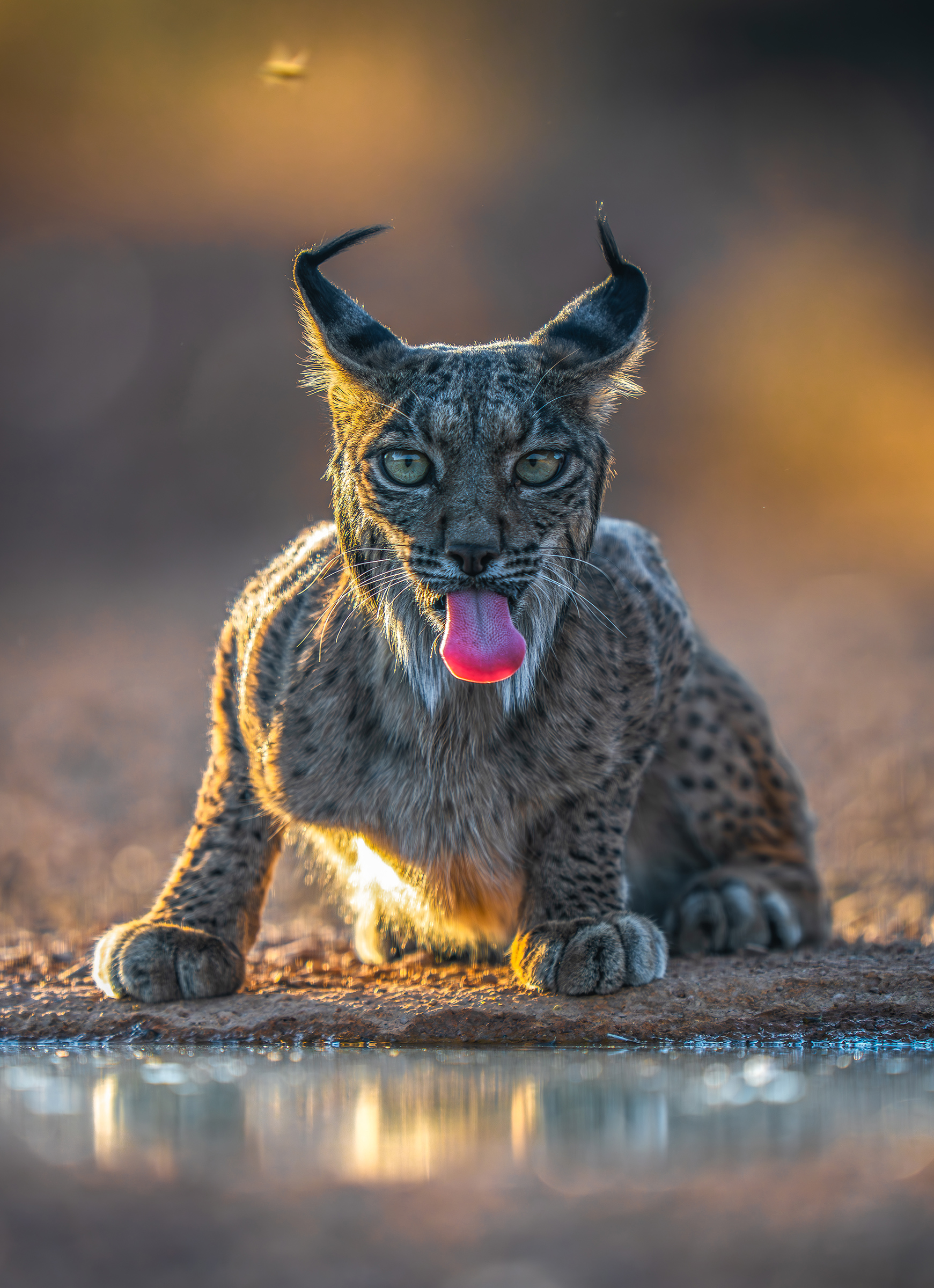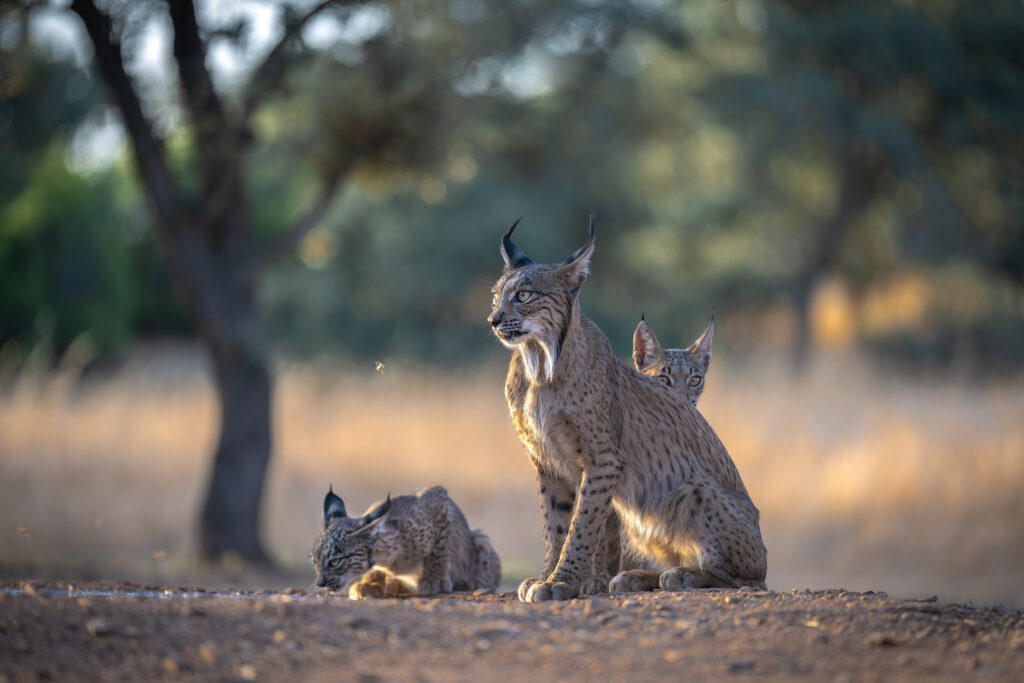In the arid scrublands and sun-dappled forests of Spain and Portugal, a silent predator once vanished from much of its ancestral domain. The Iberian lynx (Lynx pardinus), Europe’s most endangered wild cat, once stood at the very brink of extinction. But today, it’s staging one of the most extraordinary wildlife recoveries of modern times.
A striking creature, the Iberian lynx is unmistakable. With its tufted ears, short bobbed tail, and dappled golden coat, it is both beautiful and elusive. Once widespread across the Iberian Peninsula, this medium-sized feline became a ghost of its former range by the early 2000s. In 2002, the global wild population was estimated at just 94 individuals, confined to two shrinking pockets in Andalusia, southern Spain. Conservationists feared the worst. The IUCN listed the species as Critically Endangered, and it was dubbed the rarest cat on Earth.
Yet less than a quarter-century later, the story has dramatically changed. Thanks to a broad coalition of scientists, conservationists, governments, landowners, and the public, the Iberian lynx is clawing its way back literally and figuratively.
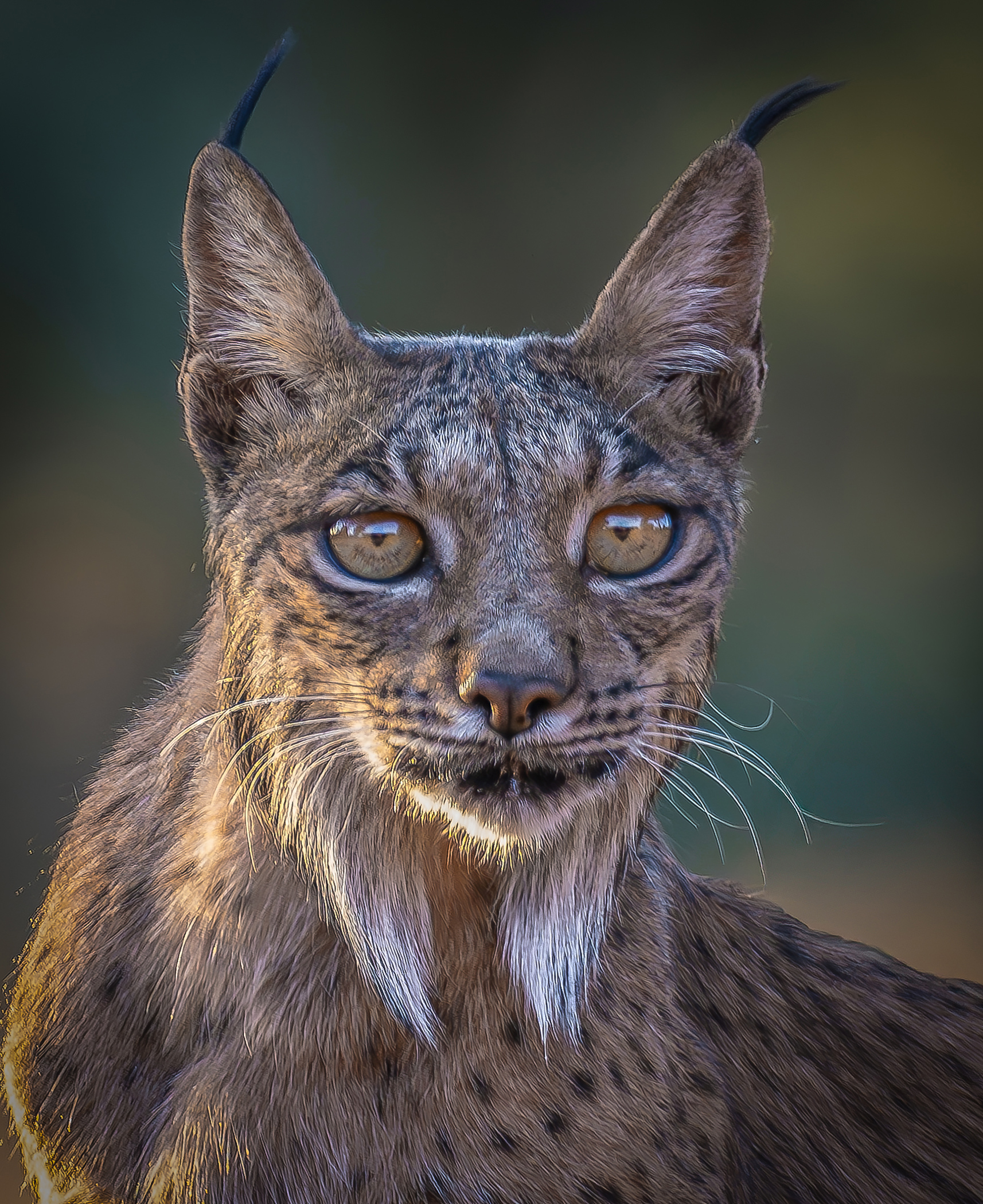
The 2023 census recorded over 2,000 wild Iberian lynxes, and by early 2025, the number had surpassed 2,400, prompting the IUCN to downlist the species from “Critically Endangered” to “Vulnerable.” The lynx now occupies around 1,500 square kilometres, reclaiming historic territory and forming new breeding populations in Toledo, Badajoz, Ciudad Real, and across the border in Portugal’s Guadiana Valley. Key to this revival has been the captive breeding and reintroduction programme, launched in the early 2000s under initiatives such as LIFE Iberlince and LynxConnect. These EU-funded efforts established multiple breeding centers, where lynxes are raised in semi-wild conditions before being released into carefully restored habitats. Spain alone now holds over 85% of the global Iberian lynx population. Regions like Andalusia, Extremadura, Castilla-La Mancha, and Murcia have become strongholds for the species, supported by rigorous habitat management, scientific monitoring, and growing public awareness.
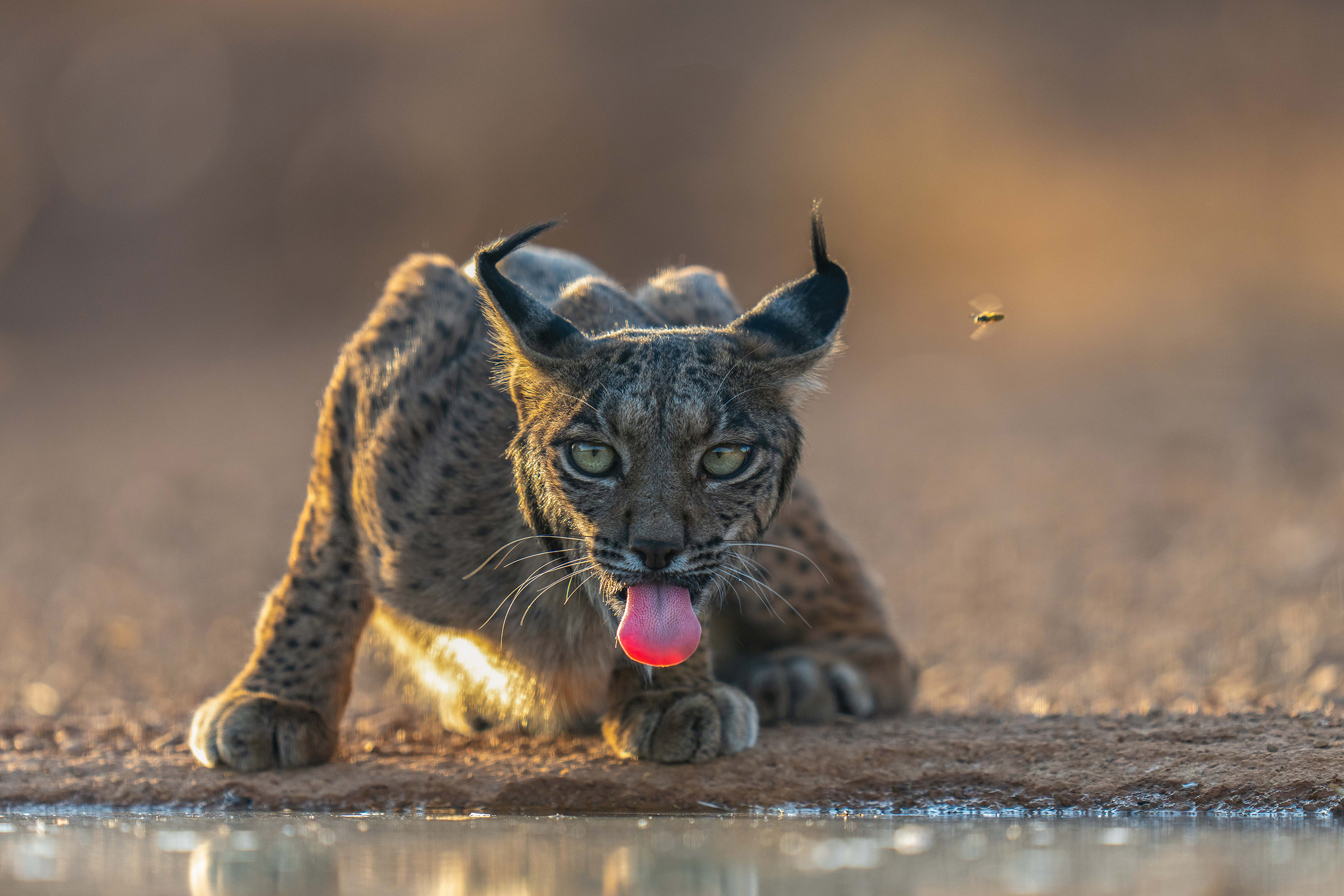
While the lynx’s dramatic recovery is a headline-grabber, it’s a story intricately tied to a far less glamorous animal: the European rabbit (Oryctolagus cuniculus). The lynx is a dietary specialist, relying on rabbits for up to 99% of its food. Without them, the lynx simply cannot survive.
Historically abundant, wild rabbits have suffered repeated population crashes due to myxomatosis and rabbit hemorrhagic disease, two virulent and highly contagious diseases introduced in the 20th century. These epidemics devastated not only rabbit numbers but also entire ecosystems, affecting predators like the lynx and the Spanish imperial eagle.
Whenever rabbit numbers begin to recover, another viral outbreak often follows. This boom-and-bust cycle has forced conservationists to get creative. Rabbit restocking programmes, habitat enhancement, and even the development of disease-resistant rabbit strains are now cornerstones of lynx conservation strategy. On the ground, efforts include planting native vegetation to support rabbit burrows, restricting hunting in core lynx zones, and setting up breeding facilities for rabbits, too.
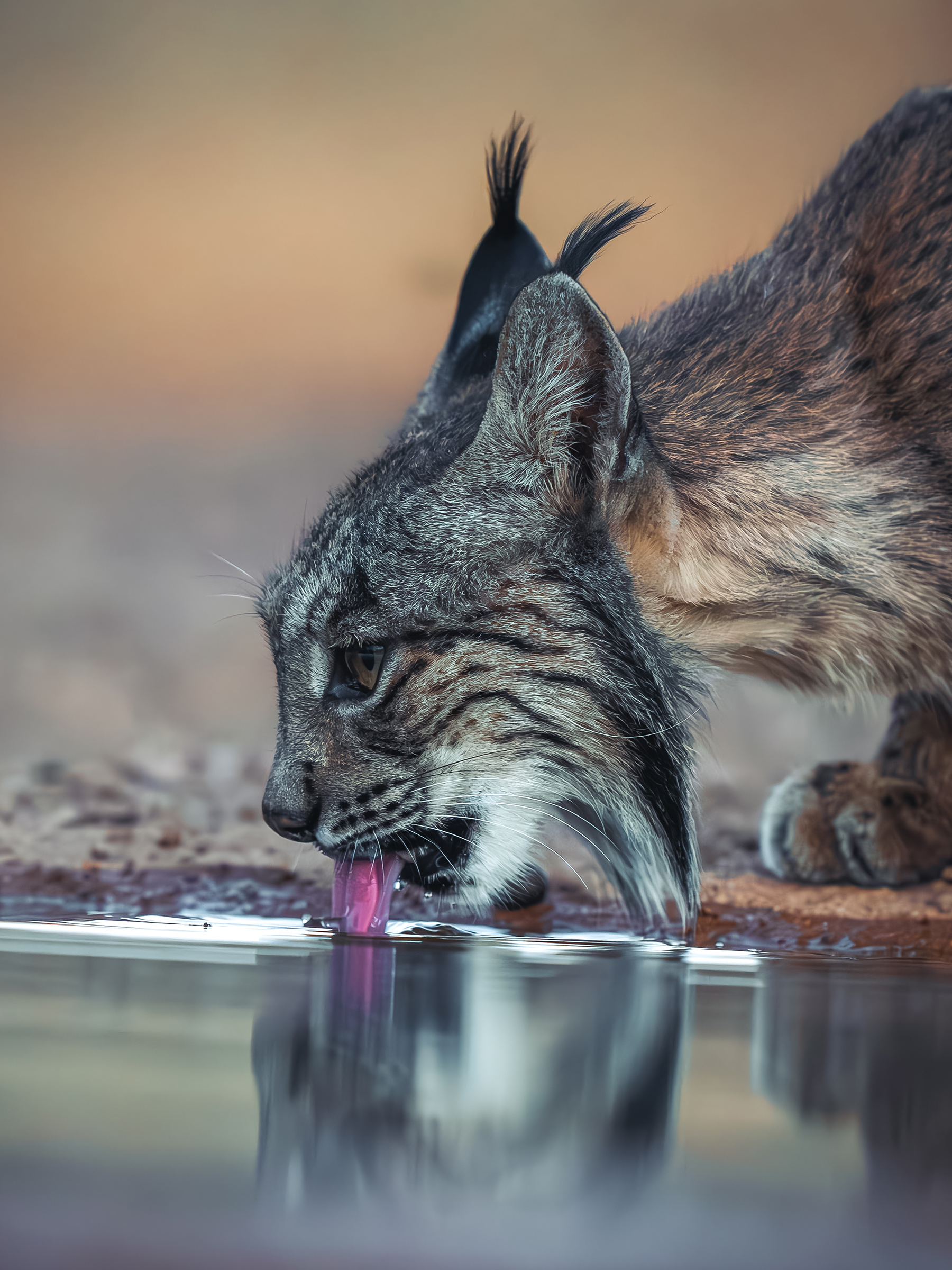
The Iberian lynx thrives in Mediterranean scrubland a patchwork of bushy thickets, open clearings, and oak woodlands that offer cover for stalking and denning, and plenty of prey. But this habitat has been under pressure for decades due to agriculture, urban development, and wildfires, exacerbated by climate change. To ensure the species’ long-term viability, conservationists are working to restore and reconnect fragmented habitats. Wildlife corridors both natural and manmade are being built to link isolated populations. Underpasses and fencing are helping reduce road mortalities, one of the leading causes of lynx deaths. In fact, vehicle collisions account for a significant number of fatalities each year, highlighting the importance of “lynx-friendly infrastructure.”
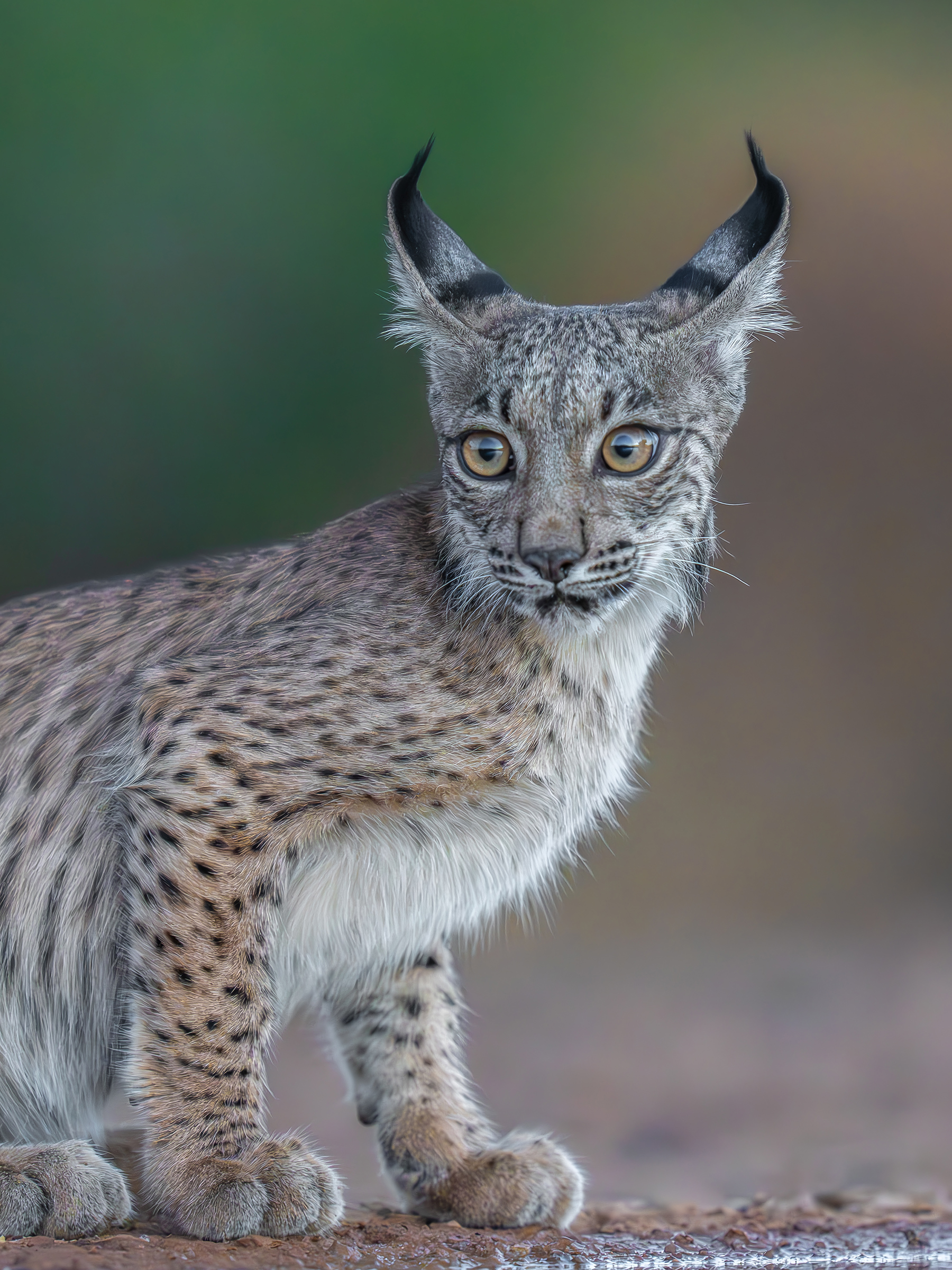
One standout example of local commitment is Peñalajo, a 2,260-hectare private estate nestled between Santa Cruz de Mudela and Almuradiel in Ciudad Real province. Since 2016, Peñalajo has been at the forefront of lynx conservation. Partnering with WWF, local authorities, and EU LIFE programmes, the estate has successfully restored rabbit populations, revitalised native vegetation, and built wildlife corridors. The results have been spectacular. Peñalajo now boasts two active breeding nuclei and one of Spain’s highest lynx densities. Its achievements were recognised with the Iberlince Prize, serving as a model for public-private conservation collaboration.
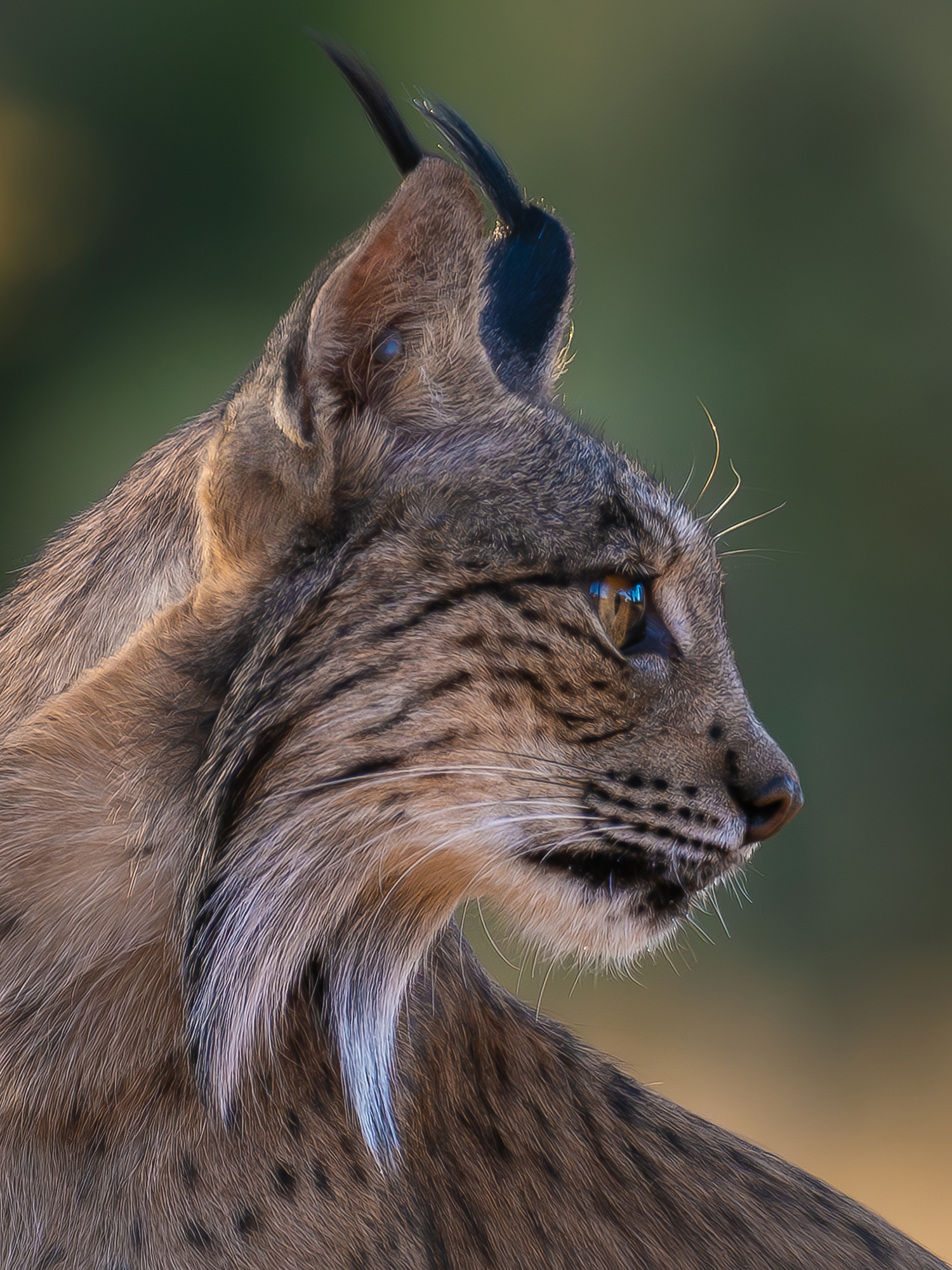
One of the most significant shifts over the past two decades has been in public perception. Once seen as a pest or even a threat to livestock and game species, the lynx is now viewed as a national treasure. Ecotourism has flourished in lynx territory, especially in places like Doñana National Park, where visitors now have a chance albeit a rare one to glimpse the shy predator in the wild.
Local communities are increasingly engaged, with many landowners embracing lynx-friendly practices. EU-funded programmes provide financial incentives to farmers who maintain suitable habitat, and educational campaigns target schools and hunting groups alike. It’s a powerful reminder that species conservation doesn’t happen in isolation it thrives in partnership with people.

Despite the progress, the Iberian lynx remains at risk. Its dependence on a single prey species, combined with its fragmented range and susceptibility to disease and road accidents, means the species could still face setbacks without continued support. Climate change presents an emerging threat, with rising temperatures and prolonged droughts altering habitat composition and increasing wildfire risk. Conservationists are already working to make lynx habitats more climate-resilient, with firebreaks, sustainable grazing practices, and long-term ecological monitoring.
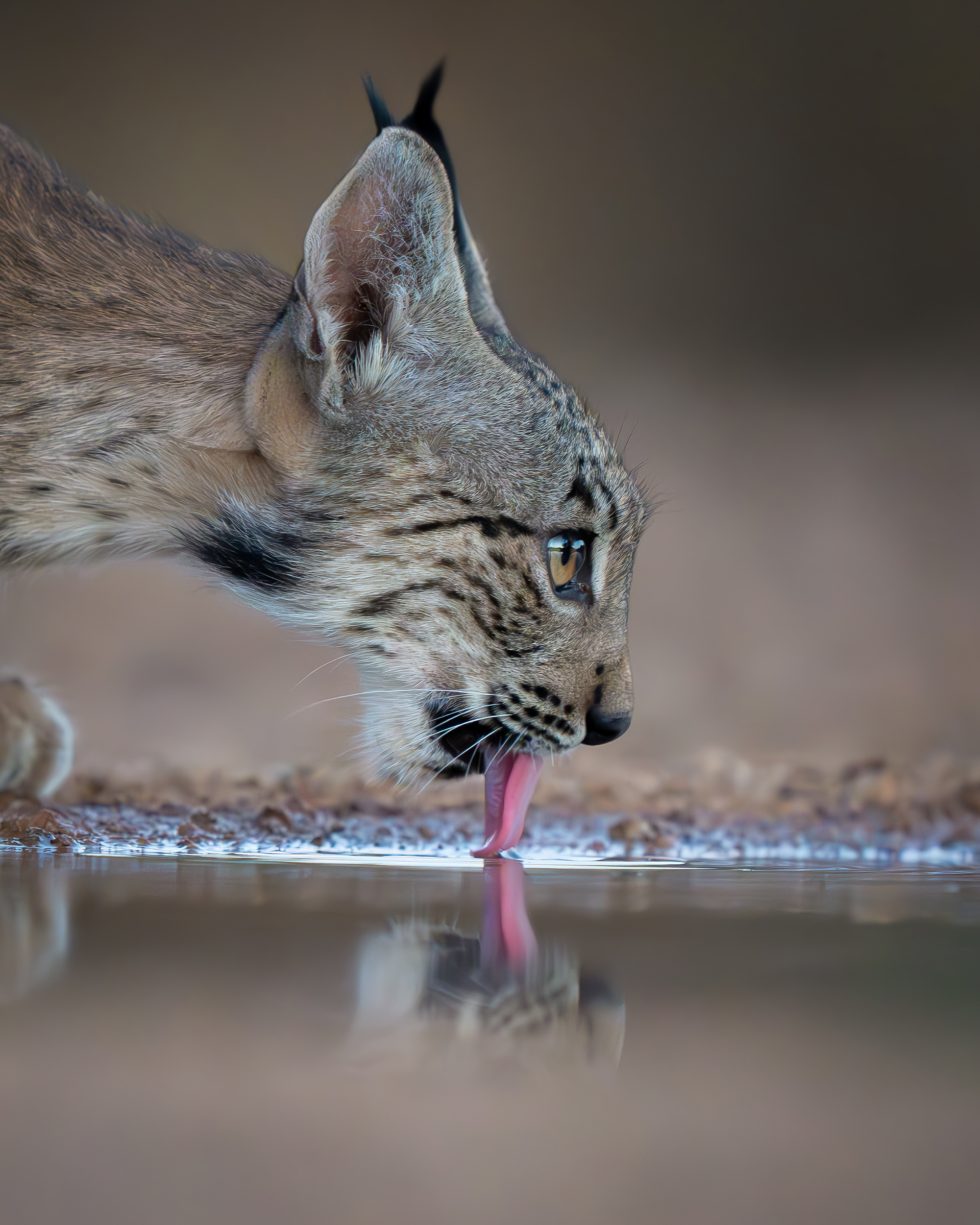
Genetic diversity is another concern. Although population numbers have grown, many lynx descend from a small pool of individuals, raising concerns about inbreeding. Genetic management through captive breeding, translocations, and careful population mixing will be essential in maintaining a healthy gene pool.
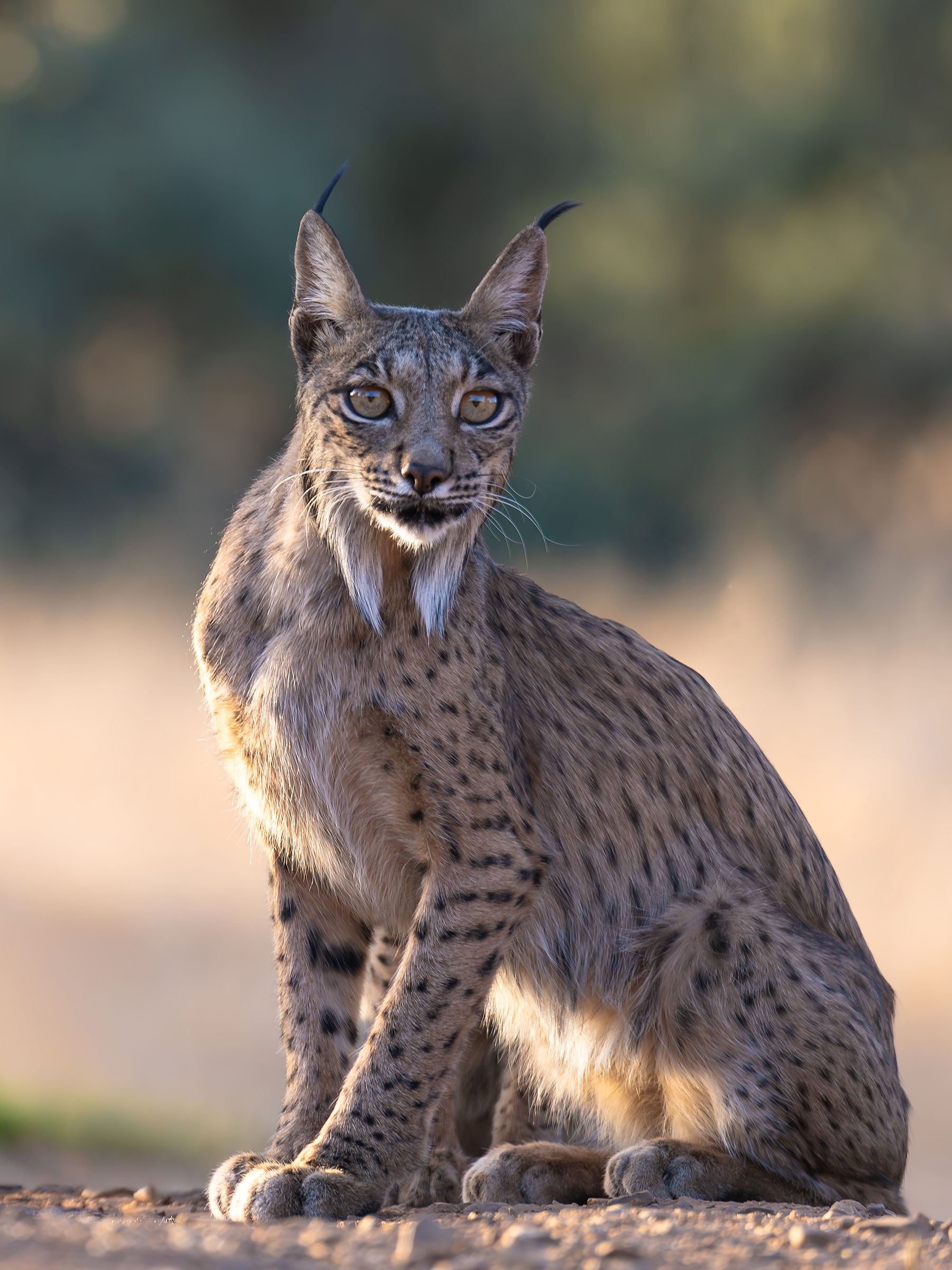
Quick Facts: Iberian Lynx at a Glance
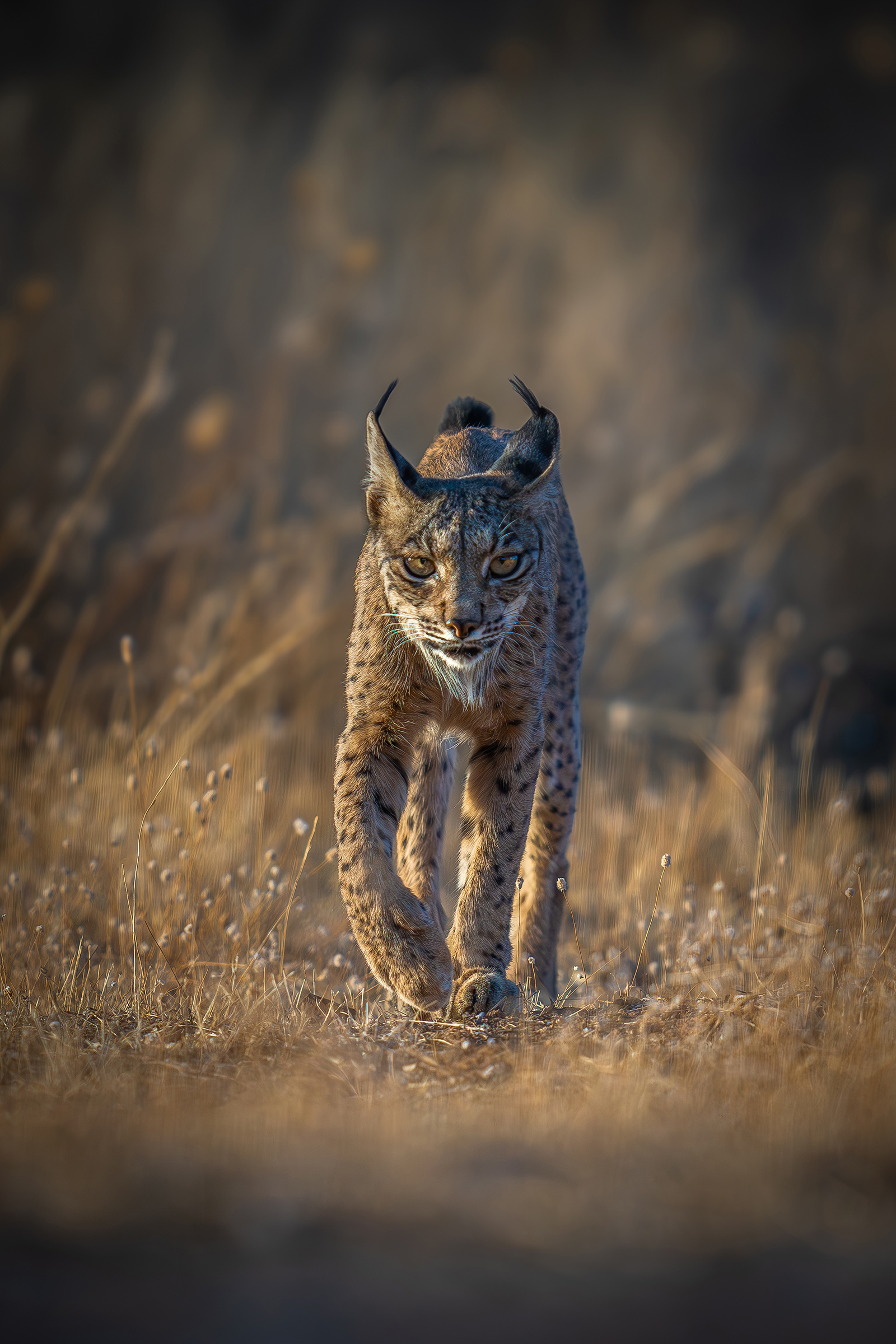
Conservation success depends not only on governments and NGOs, but on public will. Here’s how individuals can contribute to the ongoing survival of the Iberian lynx:
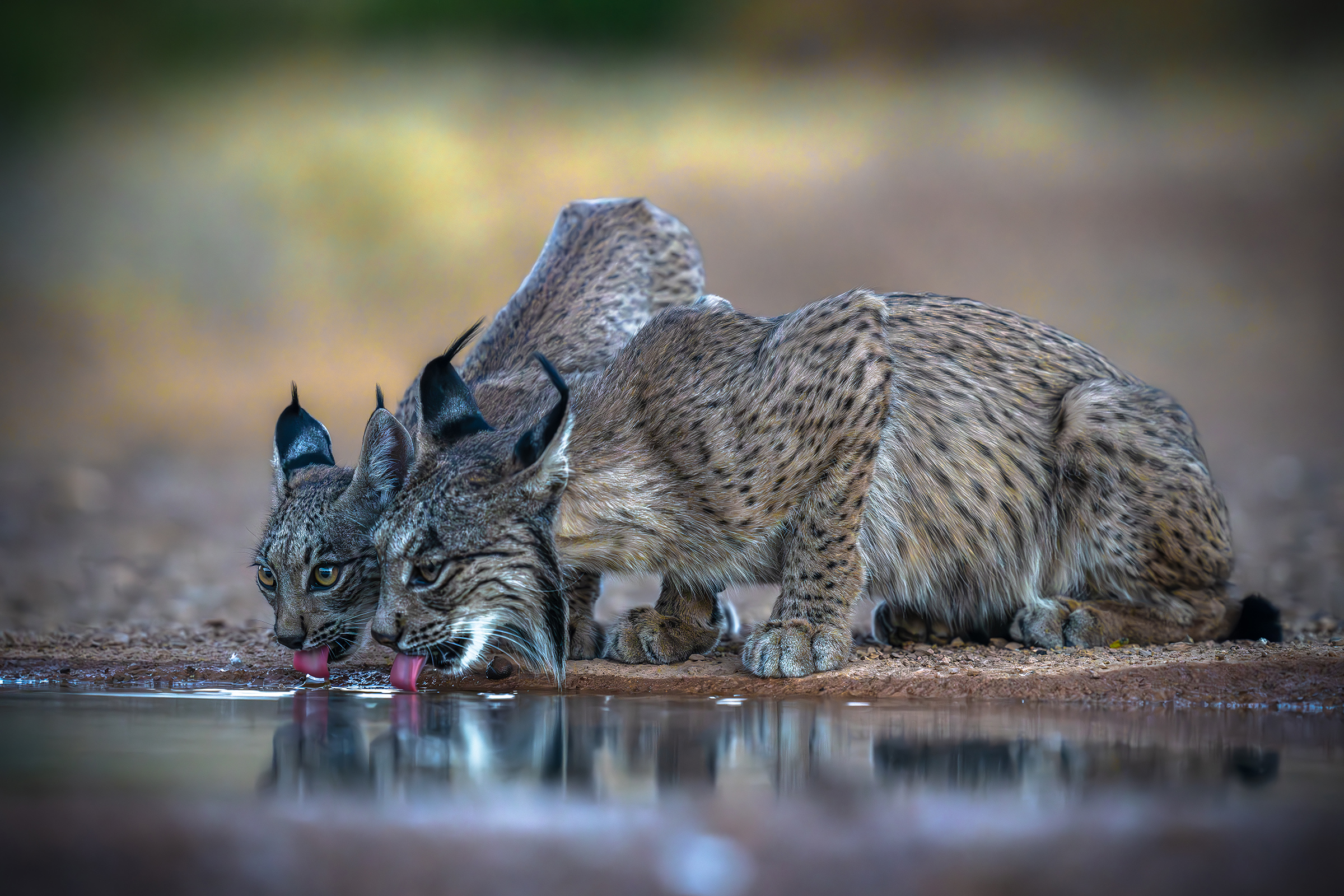
The Iberian lynx is more than a conservation success it’s a living symbol of what is possible when science, policy, and people come together. Its journey from near-extinction to a growing population has not only restored an iconic predator but also revitalised ecosystems and inspired a new generation of conservationists. But the story is not over. The lynx is still vulnerable. Its habitat, food source, and genetic future remain delicately balanced. Continued vigilance, funding, and innovation are essential to ensure that the Iberian lynx doesn’t just survive but thrives. From the shadows of extinction to the frontlines of hope, the return of the missing lynx shows us that nature, when given a chance, can make an astonishing comeback.
